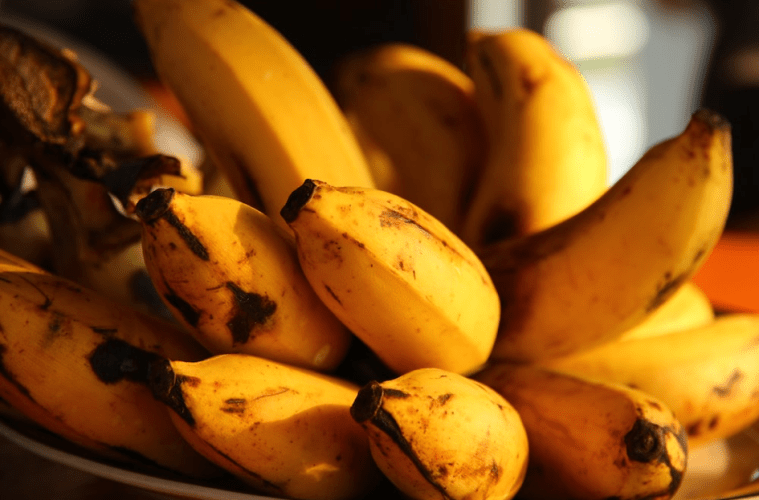Genetic modifications of plants aim to enhance climate and disease resistance, but they can also introduce new nutritional characteristics to harvested fruits.
After two decades of research, the National Agricultural Research Laboratories of Uganda (NARL) have developed a variety of bananas enriched with provitamin A to address deficiencies observed among young Ugandans. Its high provitamin A content gives it an orange color.
These efforts, initiated in 2005 and partially funded by the Bill and Melinda Gates Foundation, seek to address population deficits. They also present an alternative to the degradation of the nutritional quality of fruits and vegetables cultivated today.
This new banana variety is not yet available on the market, as the Ugandan government must approve the commercialization of genetically modified organisms (GMOs). The state is torn between the risks associated with GMOs and the opportunity to address a deficiency responsible for 6% of child deaths in Africa.
Supplements distributed up to now have primarily benefited urban areas and do not provide a consistent and guaranteed supply of provitamin A. Cultivating and consuming this new banana variety would ensure long-term nutritional benefits for the entire population, both urban and rural.
Researchers behind this “super banana” emphasize the low risk of the genetic modification they propose. The genes used in this project come from other bananas, not animals or plants. They were chosen because they are believed to concentrate provitamin A in the fruit.
The lifting of the neighboring Kenya’s GMO ban could facilitate Uganda’s acceptance of this cultivation.
Source: nationalgeographic.com




